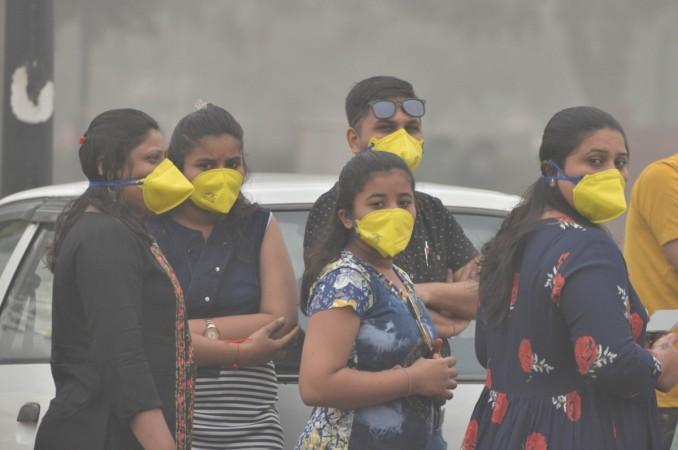Researchers conducting a study in a periurban area in southern India have found that air pollution in the country is associated with a higher risk of cardiovascular diseases (CVD).
The study shows that people most exposed to fine particles have a higher CIMT index (carotid intima-media thickness) -- a marker of atherosclerosis -- which means they are at higher risk of developing cardiovascular diseases such as stroke or heart attack.
"Our findings highlight the need to perform more studies on air pollution in low- and middle-income countries, since the conclusions may differ considerably from studies in high-income countries due to differences in population characteristics and air pollution levels and sources," said researcher Cathryn Tonne from the Barcelona Institute for Global Health (ISGlobal). It was published in the journal International Journal of Epidemiology.
Previous studies indicate that inflammation and atherosclerosis are most likely responsible for the association between long-term exposure to air pollution and cardiovascular disease and mortality.
For the findings, the research team picked India, a lower-middle-income country with high levels of air pollution.

The study was performed with 3,372 participants from a periurban region of Hyderabad, Telangana, in southern India.
The research team measured CIMT and estimated exposure to air pollution using an algorithm called land use regression (LUR) frequently used to predict the amount of fine particles (suspended particles with a diameter under 2.5 µm) in high-income countries.
The participants also provided information on the type of cooking fuel they used. The results indicate that high annual exposure to ambient fine particles was associated with a higher CIMT, particularly in men, participants above 40 years of age, or those with cardiometabolic risk factors.
Sixty per cent of participants used biomass cooking fuel. "People using biomass fuel for cooking had a higher CIMT, particularly women who cooked in unventilated spaces." In addition, "women had a higher CIMT than men, which could be due to the fact that they spend more time in the kitchen, breathing air polluted by biomass fuel," study first author Otavio Ranzani, explained.
According to the study, annual average exposure to PM2.5 was 32,7 µg/m3, far above the maximum levels recommended by the WHO (10 µg/m3).
"This study is relevant for countries which, like India, are experiencing a rapid epidemiological transition and a sharp increase in the prevalence of hypertension, diabetes and obesity," Tonne said. "In addition, the country is affected by high levels of air pollution, both ambient and indoors," Tonne added.
How families are fighting Delhi's pollution horror
When a toxic smog darkened the skies over the Indian capital last weekend and air pollution peaked to its highest levels this year, Nabeela Moinuddin and Fareeda, living on opposite sides of the economic divide, were panic-stricken for their families.
Moinuddin corralled her husband, their two children and two housekeepers into a bedroom of their elegant New Delhi apartment in Nizamuddin East, one of the capital's most upmarket localities, and switched on two indoor air purifiers at full power.

In the nearby Nizamuddin Basti, a maze of narrow lanes around a Muslim shrine, Fareeda, who uses one name, locked her children in their one-room house but was powerless to do anything about the pollution streaming in from a large, shutter-less window.
Divided by income and their ability to fight the toxic air but united in their suffering from it, the 36-year-old mothers are among more than 20 million people trapped and helpless in the world's most polluted capital city.
Both are uncertain about exactly what to do next and fearful of their children's health as Delhi's air quality index (AQI), which measures levels of tiny particulate matter, has remained in the "hazardous" category for most of this week.
Doctors have said coughs and throat infections have spiked because of the pollution and there could be long-term health consequences, especially for children.














